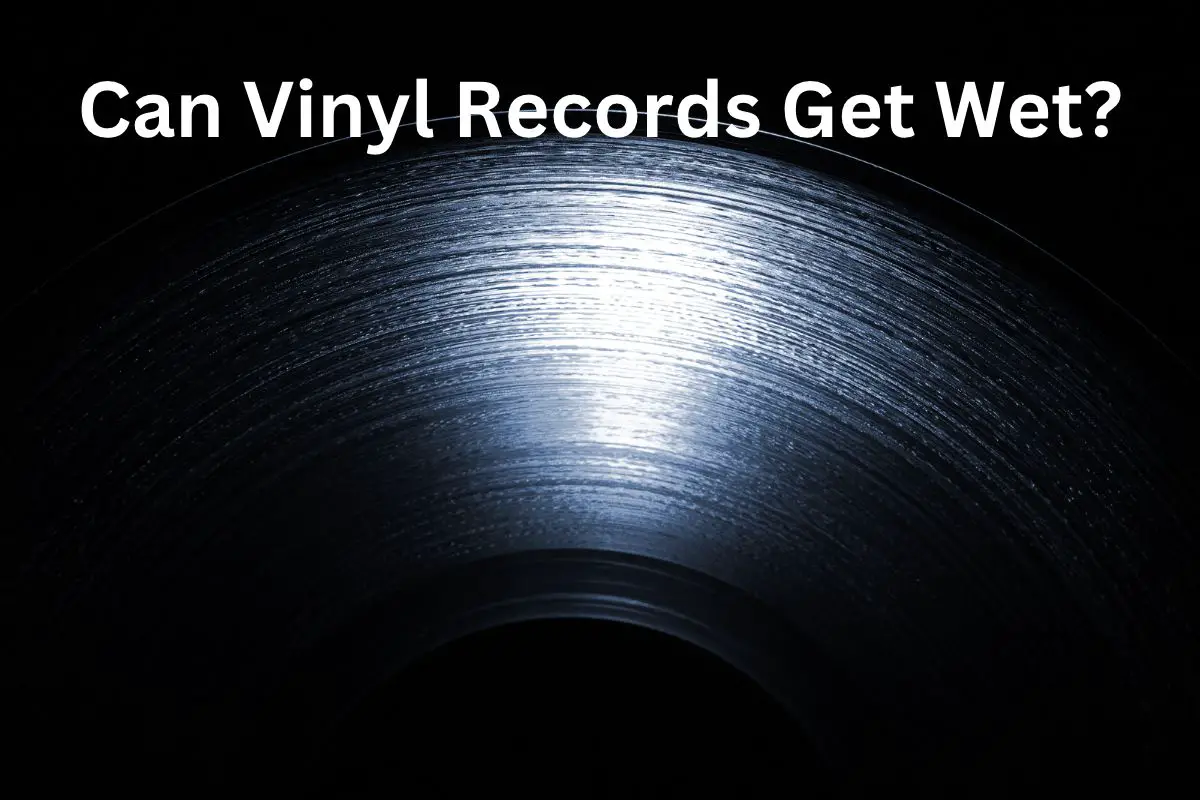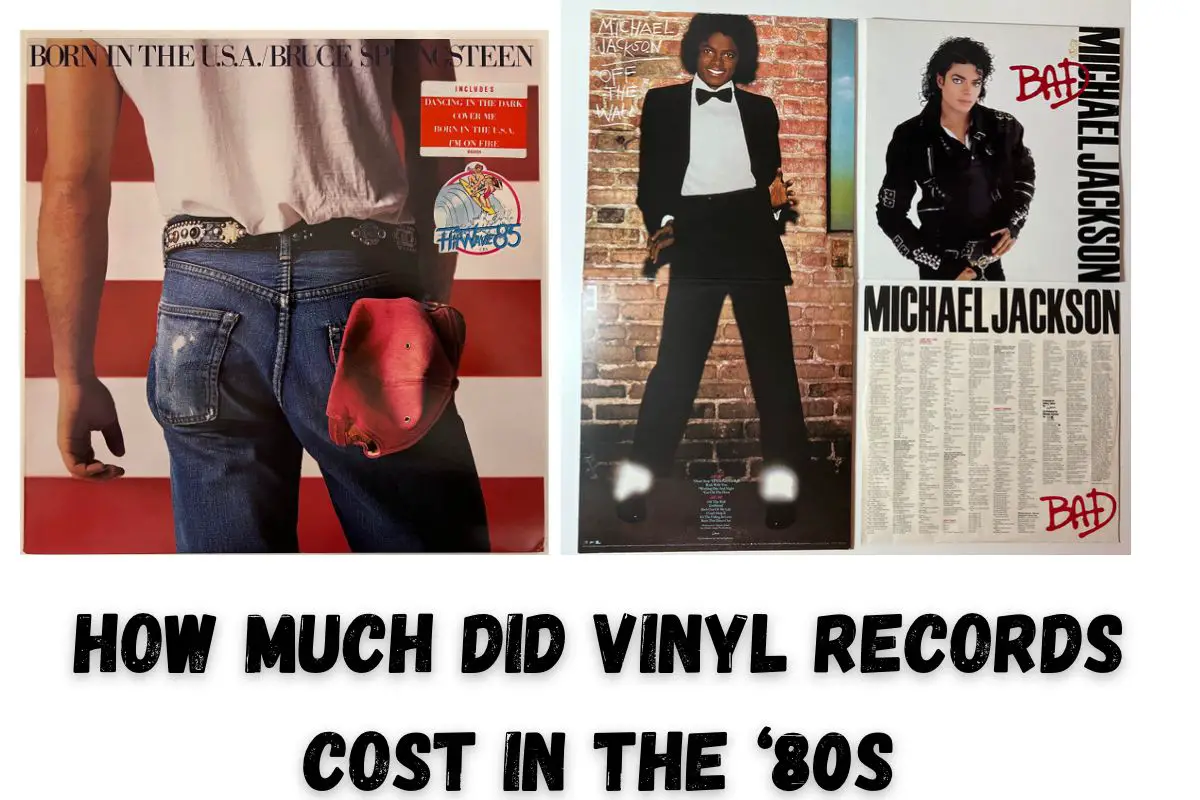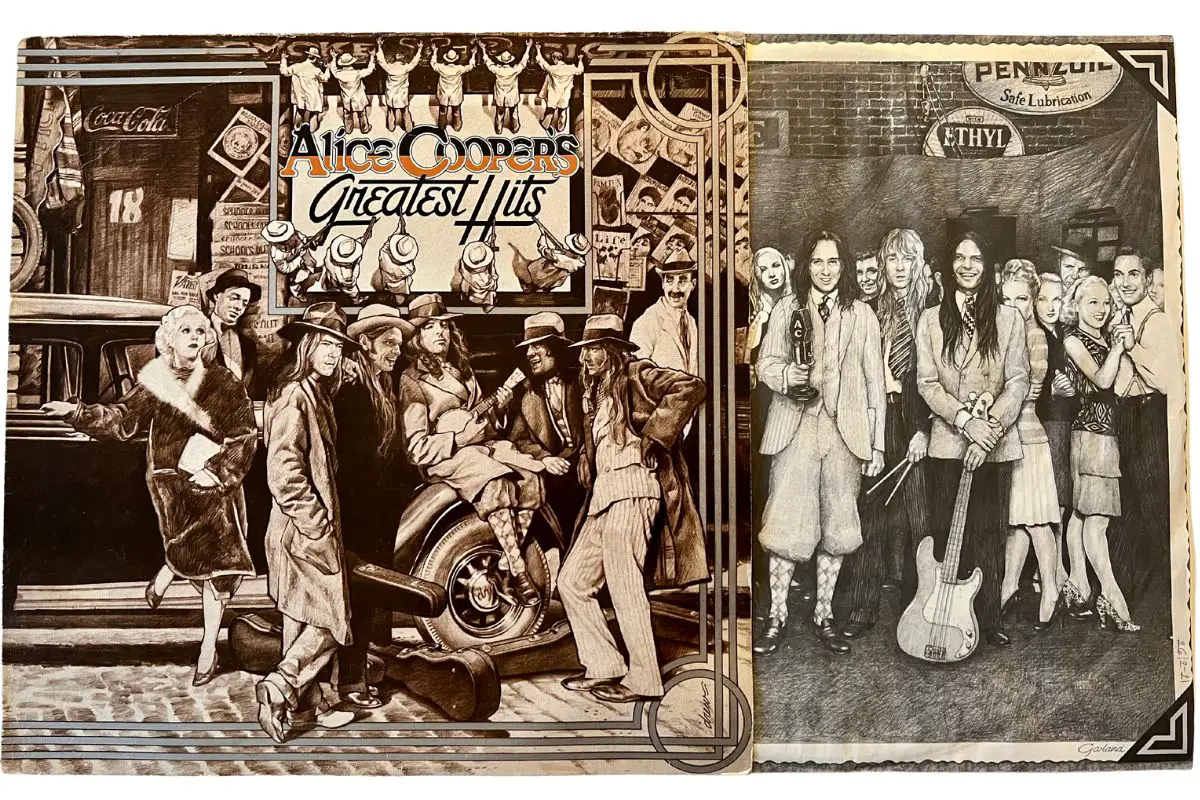This post contains affiliate links.

Being a connoisseur of classic vinyl, I’ve always set some cash aside to purchase my next favorite record. I wondered why vinyl records are so expensive because it seemed that my budget to buy a record kept needing to grow to buy the same amount of vinyl. I decided to study the subject and share what I found out with you, and it’s pretty fascinating stuff, so stick with me.
Vinyl records are expensive because demand worldwide has grown consecutively for the last 15 years. Worldwide there are only 341 vinyl pressing companies. Sales of vinyl records leaped from 18.84 million in 2019 to 27.5 million in 2020 in the United States alone.
That growth of 8.66 million in sales in a single year meant that pressing companies felt the pressure to keep up, and many refused to take further pressing orders just to keep up with the existing demand.
The supply vs. demand ratio ultimately controls the cost of all products. Add potential material supply chain disruption combined with the sociologist spending effects of the pandemic of 2020, and you have a perfect storm for the rising of vinyl record costs.
Table of Contents
What Makes Vinyl Records Expensive – It’s Just Vinyl Plastic!
I mention some stats later to support how vinyl records, in my experience, have grown in price over the years. However, the question is why. I mean, we know demand has grown, but with the fantastic technology, the ability to manufacture ludicrous amounts of products, why exactly are vinyl records more expensive?
The actual cost behind the production of vinyl records lies in three primary factors:
- Labor
- Materials
- Time
- Trends
How Labor Affects Vinyl Record Price
The process of pressing vinyl records is a labor-intensive one. Despite modern manufacturing technologies, a large number of people are required to complete the manufacture. The cost of labor is always one of a business’s highest expenses. Therefore a labor-intensive manufacturing process will always keep the cost of the product higher than one might have otherwise anticipated.
While studying the manufacturing process, I learned that you just couldn’t rush the pressing process. The quality of the pressing process has a tremendous impact on the finished record’s quality. A rushed record is one that won’t make it past the waste bin.
How Materials And Supply Affects Vinyl Record Price
Worldwide there are only 341 vinyl pressing companies with less than a hundred in the United States alone. Considering the staggering growth from 2019 to 2020 alone, it’s a wonder anyone could keep up. (source)
The problem deepens with the fact that although there are many companies offering record pressing services, most all use the same 20 or so vinyl pressing plants available in the US. (source)
There just isn’t enough pressing plants to meet the soaring demand. It is the driving factor behind the supply and demand ratio that drives the price of vinyl records up.
The manufacture of records is not a cheap process. It’s true; the vinyl itself that makes records is not overly expensive. However, the special lacquers and other materials used in the production are most expensive, pound for pound.
Include a significant industrial accident in the industry, like the fire that tore apart Apollo – one of the leading manufacturers of the specialty lacquer used in the vinyl record pressing process, and you’ve got a supply shortage to bottleneck the already astounding growth in demand further. (source)
How Time Affects Vinyl Record Price
Vinyl record manufacturing is a highly specialized process that typically takes about 30 seconds while inside the press itself. However, most commercial vinyl record press companies that offer small batch record pressing have a typical turnaround time of 7 to 12 weeks.
Some companies are telling potential clients 20 weeks turnaround. Even more are refusing to take orders for the remainder of the year, having already booked their presses with orders for the duration.
Given the length of time required merely to press a single record, a single press can only create at best two records per minute. That’s a lifetime in today’s modern manufacturing sphere.
How Trends Affect Vinyl Record Price
Do you want to know what drives a record price up? It’s you; it’s me; it’s everyone else who wants to buy that specific hot record this year. Add in a limited supply of a special release from a prominent artist, and we’re talking big money.
Vinyl records are a niche trend that appeals to audiophiles with an ear for deep and rich sound. You just can’t get a better, warmer, rich sound on any device compared to a turntable, in my experience.
Given the specialty nature of the trendiness of vinyl records and the astute devotion that you and I and other fans of the media have, it’s no wonder some records will break your credit card wide open.
Looking at the extent that trends affect vinyl, let’s look at the top-priced vinyl records sold in 2020. According to Discogs, the number one vinyl sold in 2020 was Scaramanga Silk – Choose Your Weapon. The 12” sold for a ludicrous $41,095.00. I just can’t imagine liking a breakbeat enough to spend a car on a single record, but someone apparently thought it was worth it.
The second most expensive vinyl of 2020 was The Nightriders – St.Loo / Lookin’ For My Baby. This record sold for $4999.00. Not bad for a rhythm and blues record!
As you can see, trends and popularity have a massive influence on the final price of a vinyl record. The rarity and demand play a dance of pricing entanglement as they spiral vinyl record prices to new heights.
What Is The Average Cost Of A Vinyl Record?
Vinyl records have ranged widely in price over the years. Back in 2007, the average cost in the US for a vinyl record was $4.80. You can’t even buy a cheeseburger for that now. In 2017, the average cost rose to $28.40, a 490% increase. (source)
Keep in mind with the above figures that we’re talking about average costs here. You must realize that if it’s a famous artist’s new album, in my experience, the cost is going to be double or even triple the above-mentioned average prices.
How Much Should I Pay For Vinyl Records?
Hunting for bargains is a trend that most vinyl enthusiasts know well. But, how much should you pay for vinyl records? And what are the popular records going for these days? Let’s find out.
Popular records sold in vinyl format in 2020 include the following:
- Harry Styles – Fine Line – Sold online at major retailers for approximately $30 when writing for the 12” vinyl.
- Billie Eilish – When We All Fall Asleep, Where Do We Go? – Sold online for anywhere between $18 and $40, depending on the version collectibility and retailer.
- The Beatles – Abbey Road Anniversary [LP] – Sold used online from $10 and selling in collectible format for as high as $70 at major retailers.
Where Can I Buy Vinyl Records Online?
There are many companies selling vinyl records online, from small retailers to the giant Amazon. However, knowing where to buy vinyl records online means you know where to get the best, latest, and rarest tracks at a reasonable cost. The solution isn’t what you might think.
- Amoeba Music – Independent And Running Strong
- Boomkat – Rare And New Tracks
- Discogs – An Online Vinyl Market For The World
- Dusty Groove – Funk, Jazz, Reggae, and Soul
- Presto Classical – Classical Music
What About Buying Vinyl Records From Amazon?
Amazon is a ludicrously large retailer and has a vast amount of sellers on the platform selling records. From my experience, it can be a minor hit and miss.
If you purchase a vinyl off Amazon that Amazon themselves fulfills, you’re going to get a half-decent record in terms of quality. Watch out for the non-Amazon sellers on the platform, though. I’ve received used records that were sold as new. I’ve also received warped records. Luckily, I’ve got some tricks to fix a warped record (you can read about how I fix warped records here).
The basic rule I use for buying vinyl records off Amazon is that you are safe if it’s a mass production record. But rare records, proceed with caution and review the seller information first.
VacationVinyl.com is a participant in the Amazon Services LLC Associates Program, an affiliate advertising program designed to provide a means for sites to earn advertising fees by advertising and linking to Amazon.com. We also participate in other affiliate programs which compensate us for referring traffic.



